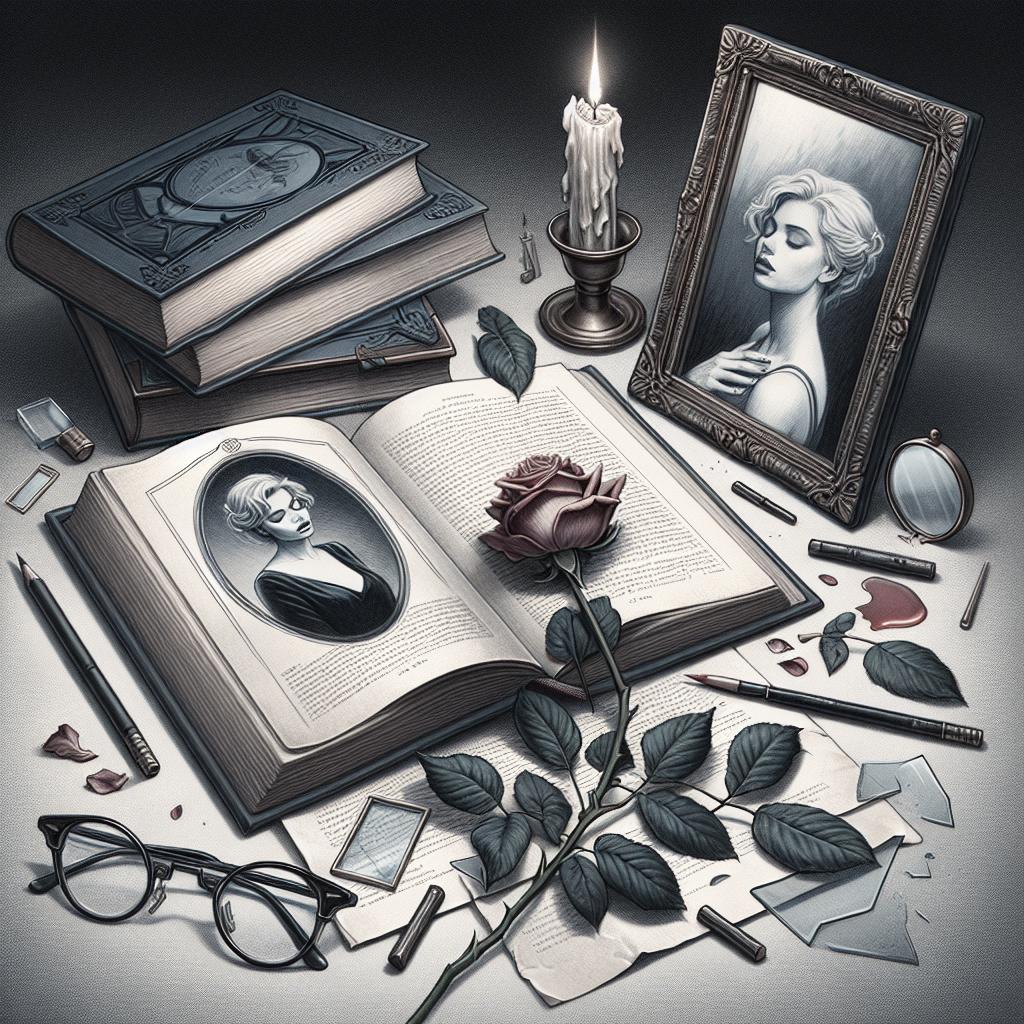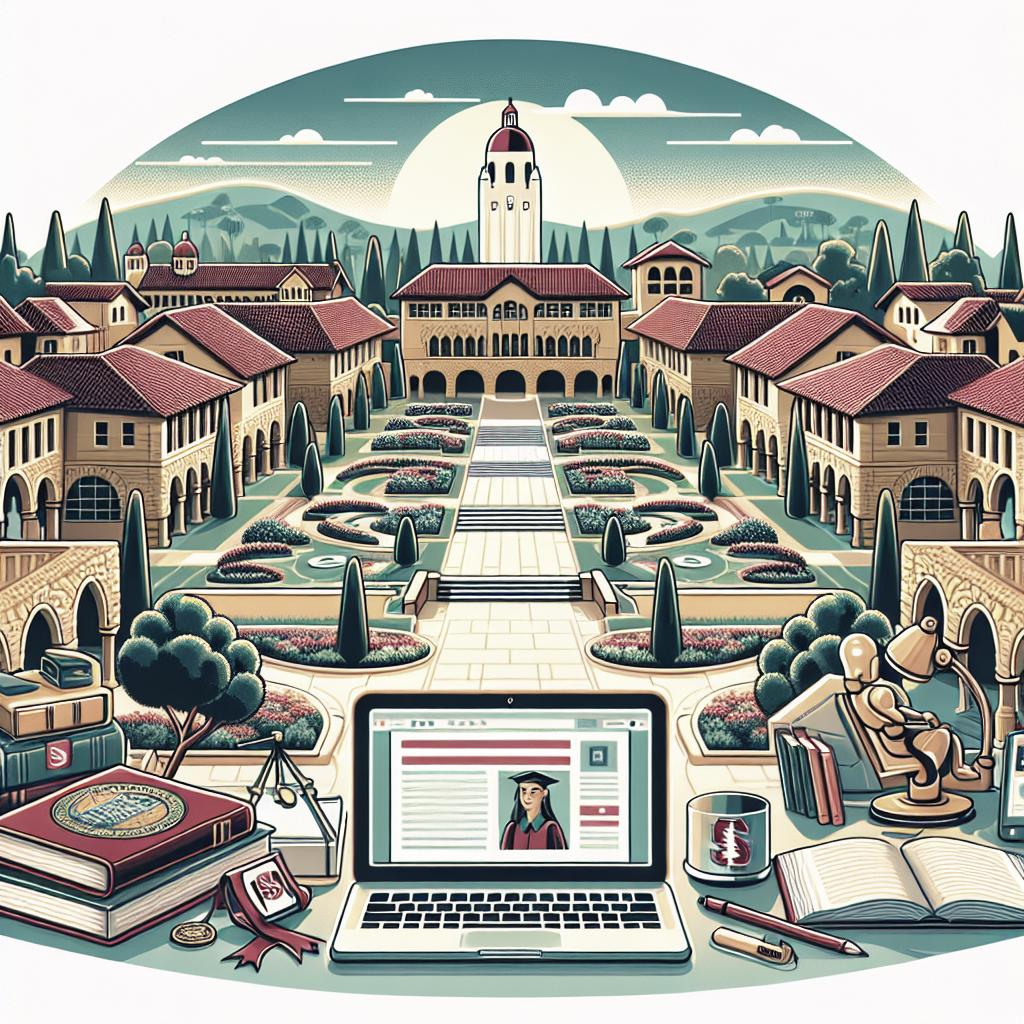“`html
The Importance of Myrtle’s Death in The Great Gatsby
Introduction: In F. Scott Fitzgerald’s classic novel “The Great Gatsby,” the description of Myrtle Wilson’s dead body plays a pivotal role in the story’s narrative and thematic development. This blog post explores how the depiction of her death is crucial in revealing key themes like the brutality of the American Dream, the stark class distinctions that define the characters’ interactions, and the moral corruption that pervades the elite society. By dissecting the novel’s use of imagery and symbolism related to Myrtle’s tragic end, we can better understand the overarching messages Fitzgerald intended to convey. Additionally, this analysis illuminates the complex dynamics of the novel’s characters, providing insight into their motivations and ultimate fates.
The Symbolic Nature of Myrtle’s Death
Myrtle Wilson’s death is not merely a plot device to escalate the story’s dramatic tension; it serves as a powerful symbol of the unattainable promises of the American Dream. Her gruesome end by a speeding car driven by Daisy Buchanan exemplifies the disregard of the wealthy for the lives of those beneath them. In life, Myrtle strives beyond her means, yearning for a slice of the affluence that she perceives as being within her grasp through her affair with Tom Buchanan. However, her tragic death starkly exposes the inherent inequities of such a dream, highlighting its hollowness and ultimate futility.
The description of her body, “violently torn” and “battered,” signifies the destructive path of blind ambition, serving as a grim reminder of the higher social ladder’s inaccessibility to those of lower status. This morbid imagery forces readers to reflect on the overall moral decay present in the novel’s society. It underscores how those who pursue dreams without acknowledging the barriers imposed by wealth and class ultimately find themselves destroyed by their ambition.
Myrtle’s Death and Class Distinctions
Through the stark contrast in the treatment of Myrtle and other characters, Fitzgerald magnifies the socioeconomic divide that defines 1920s America. Myrtle’s body, caught in the literal crossfire of Tom and Daisy’s careless dual lives, signifies the expendability of individuals of her class. Unlike the affluent Buchanans, who emerge relatively unscathed from their moral undoings, Myrtle is left in ruins, both physically and socially.
The disparity in how her death is acknowledged by different social groups—a mere inconvenience for Tom and Daisy but a devastating event for George Wilson—reflects the differing values and life experiences of the various characters. This dramatic contrast between the carelessness of the upper class and the dire consequences faced by those of the lower class serves as a critique of social hierarchies, reinforcing the tenuous stability of a society split by such stark divisions.
Highlighting Moral Corruption
The aftermath and depiction of Myrtle’s death are instrumental in revealing the moral bankruptcy that permeates the world of “The Great Gatsby.” Her body, lying in the road, reveals the ultimate cost of the superficial lifestyle that characters like Tom and Daisy live in. This ties directly into the Roaring Twenties’ opulence, which masked a more cynical reality beneath the surface of jazz-age extravagance.
The careless abandon with which Tom and Daisy proceed following Myrtle’s demise, without facing real consequences or showing genuine remorse, illustrates the ethical rot at the core of their beings. It compels readers to question the moral bearings of all the characters involved—are any of them truly innocent? Myrtle’s tragic end not only propels the narrative to its inevitable conclusion but also sharpens the moral questions Fitzgerald masterfully weaves throughout his novel.
Impact on Character Development
In the realm of character development, Myrtle’s death is a catalyst for significant changes and revelations among the primary characters. George Wilson’s reaction ignites a series of chain events that lead to the novel’s climax. His grief-stricken transformation from a passive, tormented husband to an avenger underscores his pivotal role despite his lower social standing.
For Tom Buchanan, Myrtle’s death exposes the depths of his callousness, as he manipulates the narrative to protect himself, revealing his prioritization of status over honesty and compassion. Meanwhile, Daisy’s involvement and the subsequent cover-up accentuate her ultimate moral ambiguity, as she retreats further into her insular world of privilege. The repercussions of Myrtle’s death ripple through the relationships and lives of these characters, forcing them into choices they would otherwise avoid.
Share this:
If this analysis of Myrtle’s death in “The Great Gatsby” resonated with you, feel free to share it with fellow literature enthusiasts and fans of Fitzgerald’s timeless classic. Understanding the depth and implications of this moment in the novel can enhance our appreciation of the intricate narrative and the author’s critique of his contemporary society. Let’s delve deeper into the themes of ambition, morality, and societal structure inspired by this unforgettable narrative moment.
Final Thoughts
| Aspect | Significance |
|---|---|
| Symbolism | Myrtle’s death symbolizes the unattainable and destructive nature of the American Dream. |
| Class Distinctions | The treatment of Myrtle’s death highlights stark socioeconomic divides and critiques societal hierarchies. |
| Moral Corruption | The incident underscores the moral decay within the novel’s characters and society. |
| Character Development | Myrtle’s death serves as a catalyst for revealing and altering the core traits of main characters, affecting their relationships and choices. |
“`


